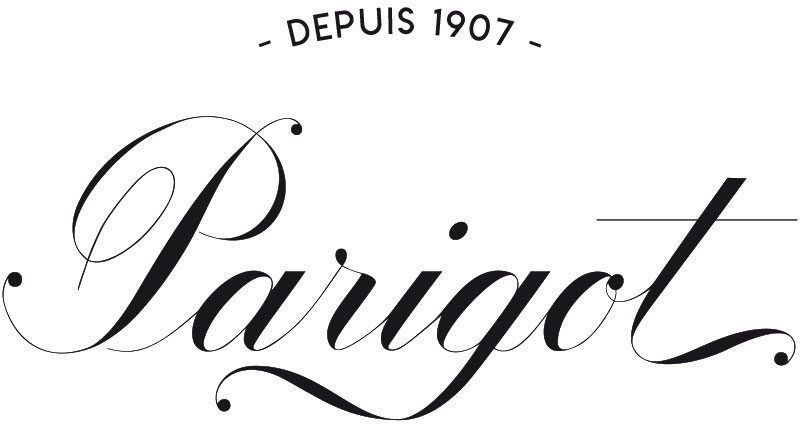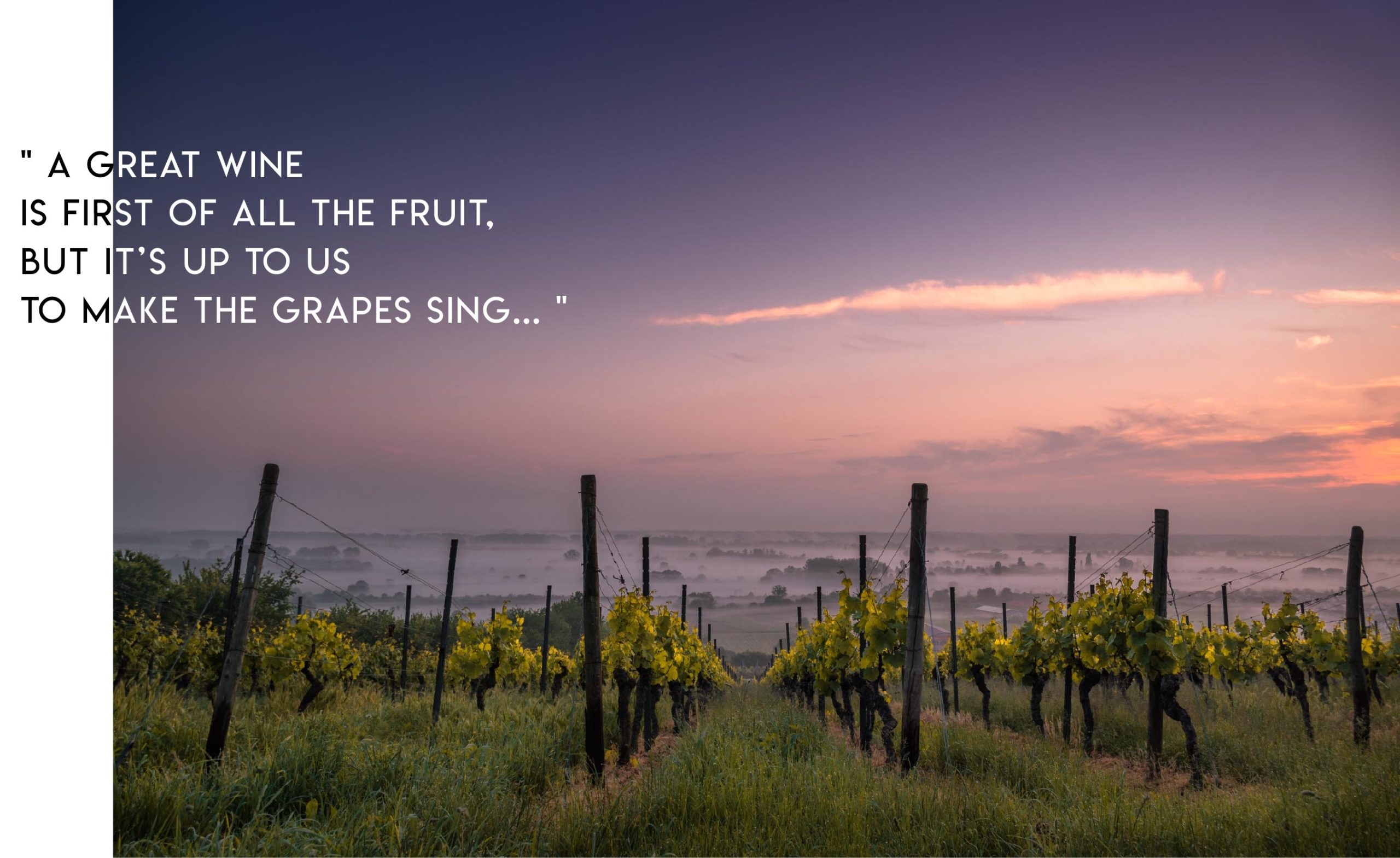PHILOSOPHY
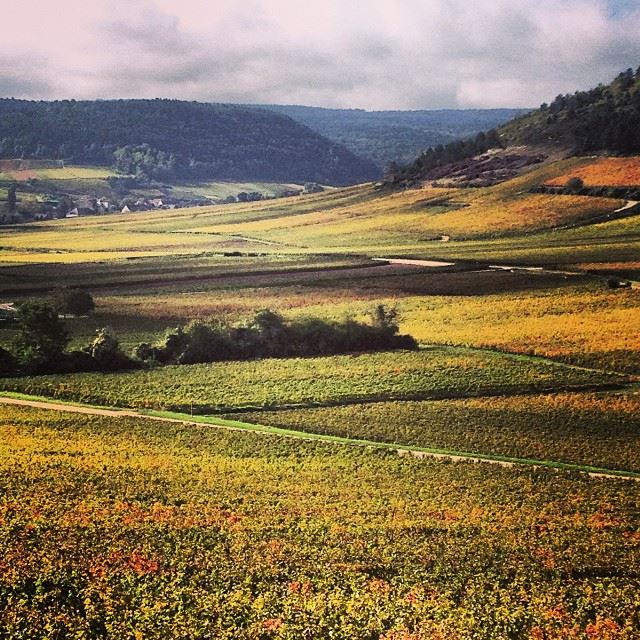
THE VINEYARDS
Our vines are located within a 20km radius around the winery.
The vineyards are situated on the prestigious Côte d’Or slopes (clay-limestone soils).
Each terroir imprints its personality on the various crémants produced and possesses a particular affinity with the different grape varietals.
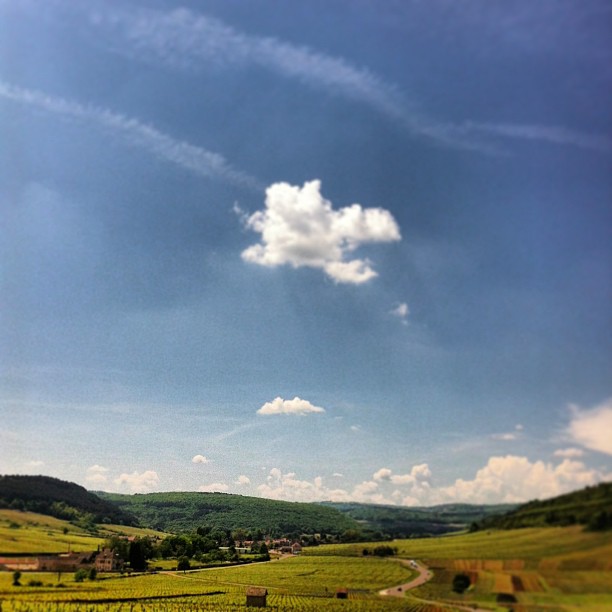
CÔTE DE NUITS
East facing with steep valleys, the Côte de Nuits originates from the collapse of the Saône plaine.
It marks the western boundary, along a network of south west to north easterly faults.
This hillside is composed of several layers that date back to secondary era (mainly jurassic) while the plain is composed of sediments dating back to the tertiary and quaternary eras. The grounds on which the vines are planted are composed of debris coming from the limestone hills, red silt from the glacial era and underlying layers of rock and earth.
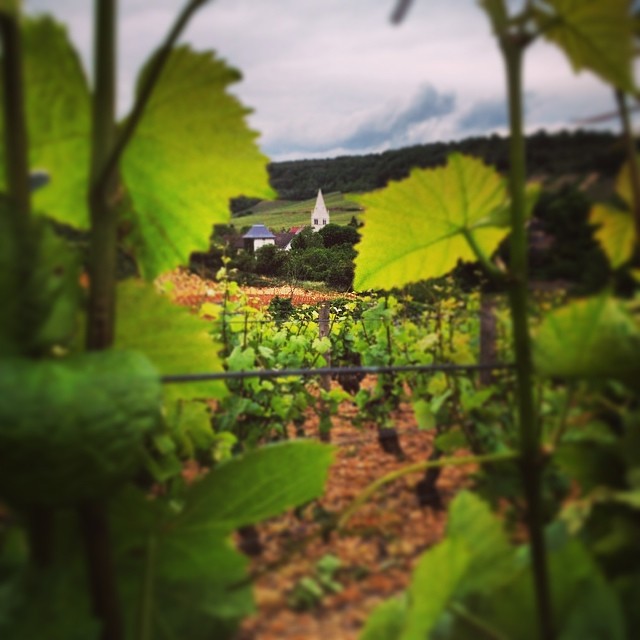
CÔTE DE BEAUNE
The Côte de Beaune also benefits from a more south easterly exposure.
The Côte de Beaune is south of the Côte de Nuits and on average there is about one degree difference in temperature between two côtes.
The vines on the côte de Beaune are planted on clay and limestone soils: often with marl formations and limestone debris. They range from 280 to 400 meters in altitude and it is a temperate climate with a light continental influence.
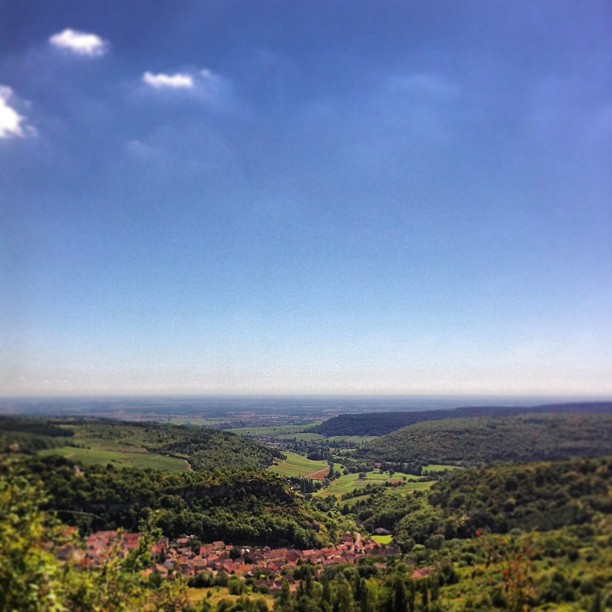
HAUTES CÔTES DE BEAUNE
A little further west, behind the Côte de Beaune, vines are planted on the gently sloping plateau slightly higher at between 350 and 450 meters in altitude.
The vines here twist through the villages and forests. In the southernmost part of the Hautes Côtes de Beaune the rootstock are warmed by the sun on limestone and marl covered slopes. The northern part of the Hautes Côtes de Beaune soils are composed of pearly tile, clay and hard limestone.
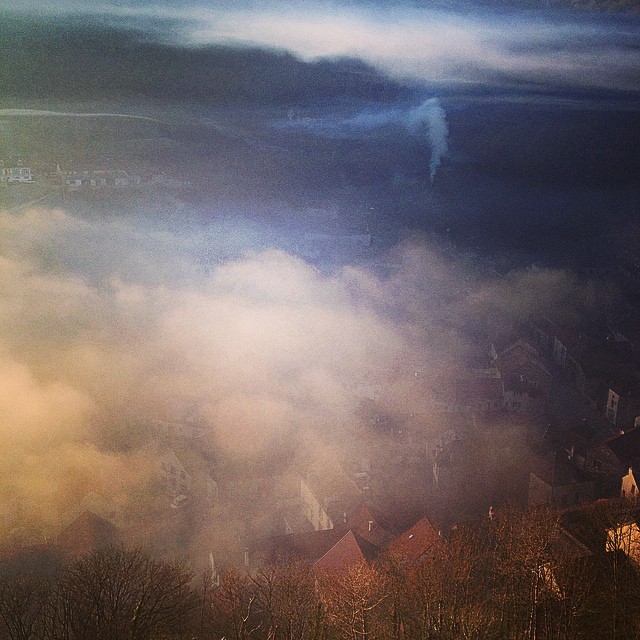
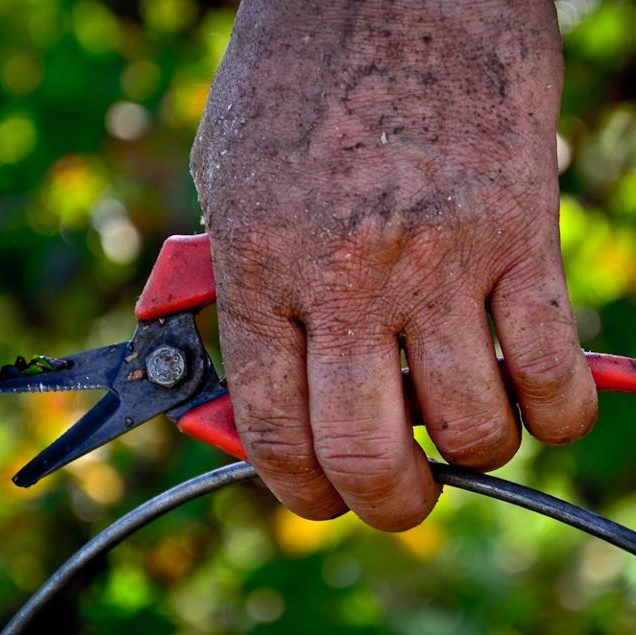
HARVEST
The handpicked harvest is brought to the domaine and pressed (whole-cluster) in a pneumatic press by our team.
Wines in Burgundy are made from three grape varieties, Pinot Noir, Chardonnay, and Aligoté. It is the complex result of numerous operations performed on a well-calculated schedule.
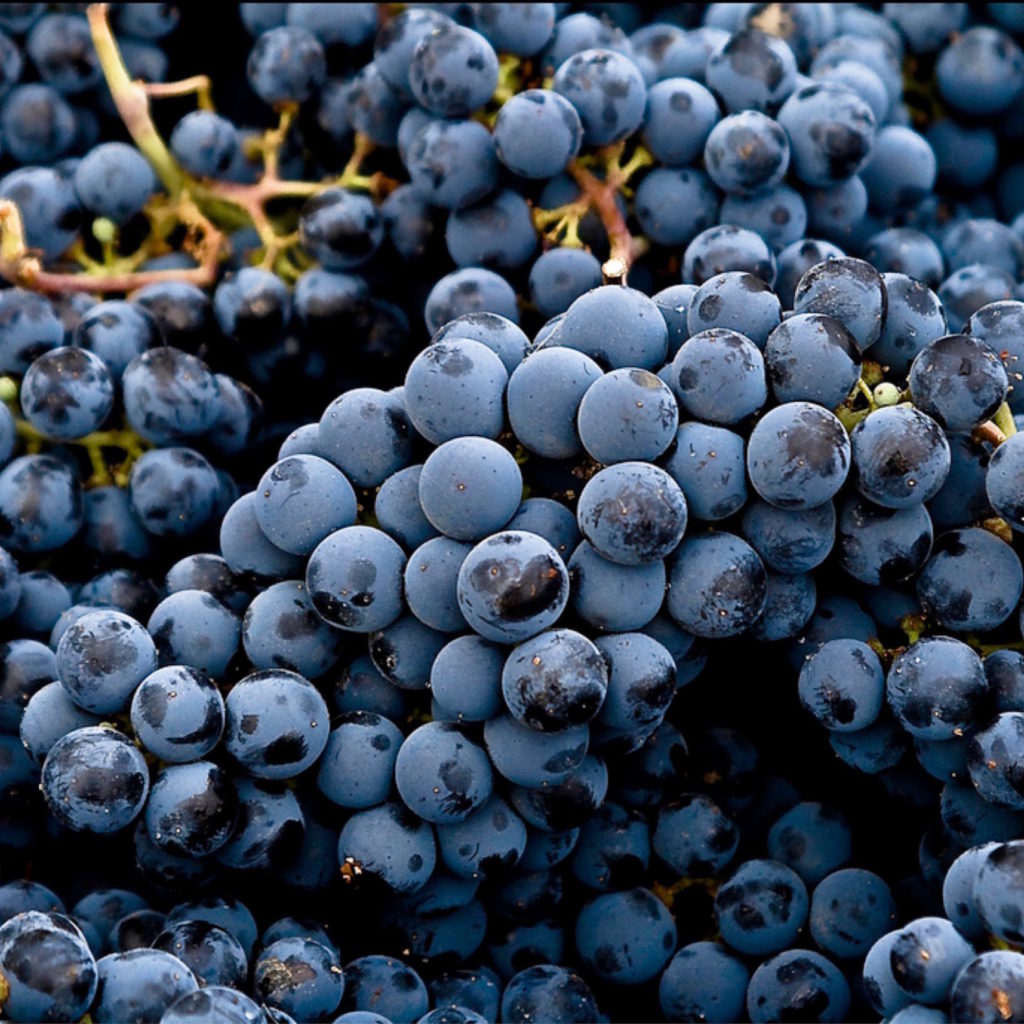
The initial quality of the grapes is indispensable to obtain a high quality crémant.
The harvest comes from different parts of the region: the low lying plains, the area surrounding Beaune, and the hills around Beaune; this allows for a perfect balance of base wines.
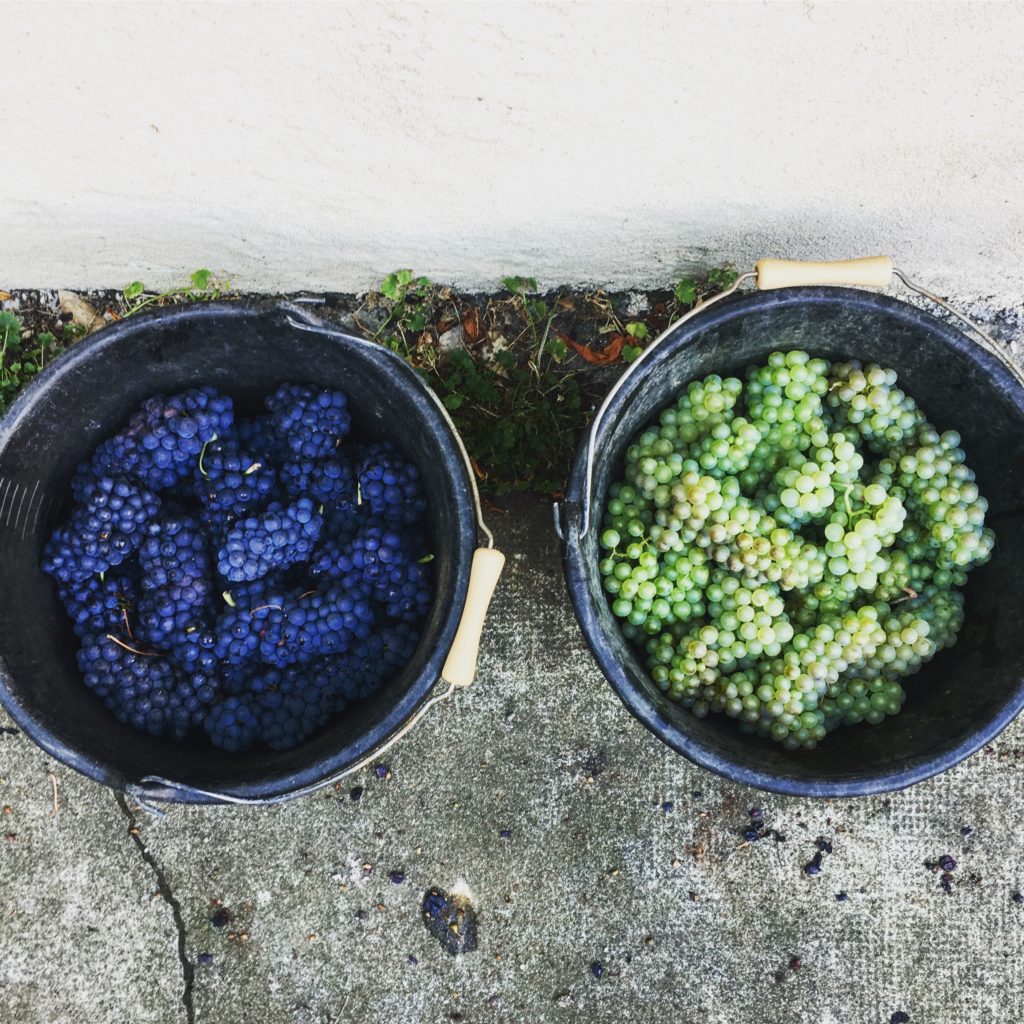
We use a sorting table to further ensure the healthy state of the harvest.
According to regulation, the grapes must arrive whole to the wine press. To achieve this, special care is taken during the harvest: manual picking and the usage of shallow containers to avoid crushing the grapes.
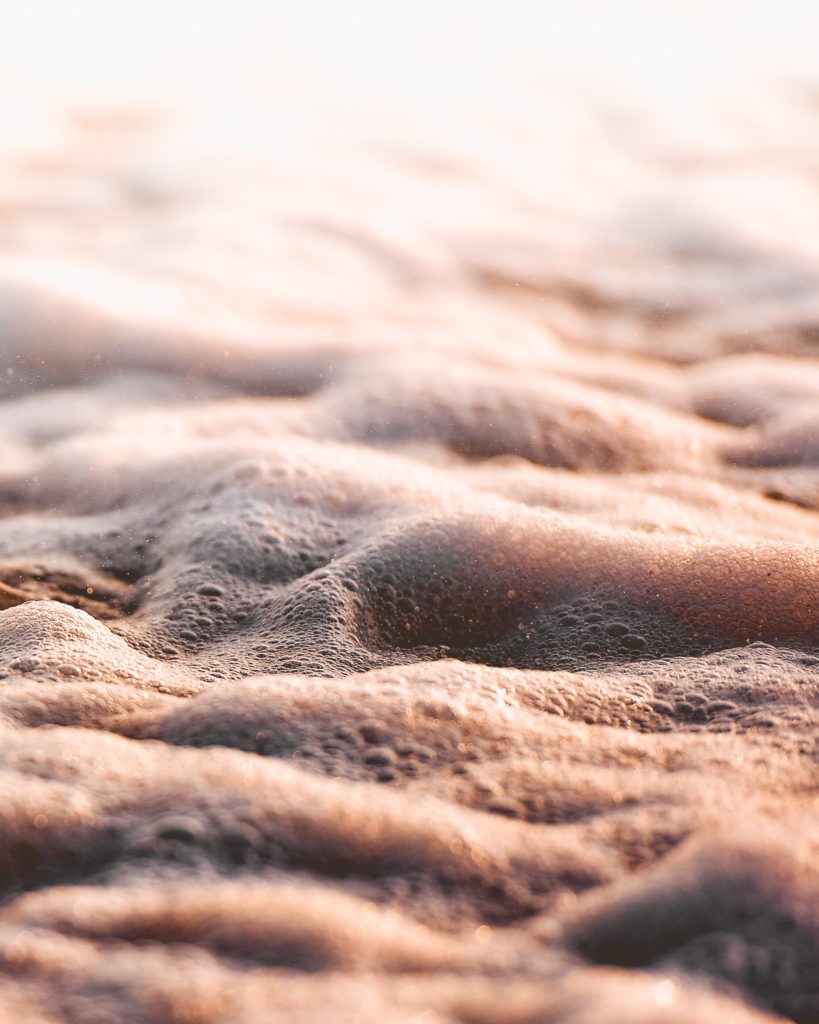
FERMENTATION
We choose to vinify in stainless steel vats to preserve the authenticity of the terroir.
The alcoholic fermentation – it is at this stage that the sugar from the grapes is transformed into alcohol by the yeast. At the end of this transformation, the grape juice has become a still wine.
Our wines are neither fined nor filtered.
The malolactic fermentation – this process naturally reduces and permanently fixes the wine’s acidity.
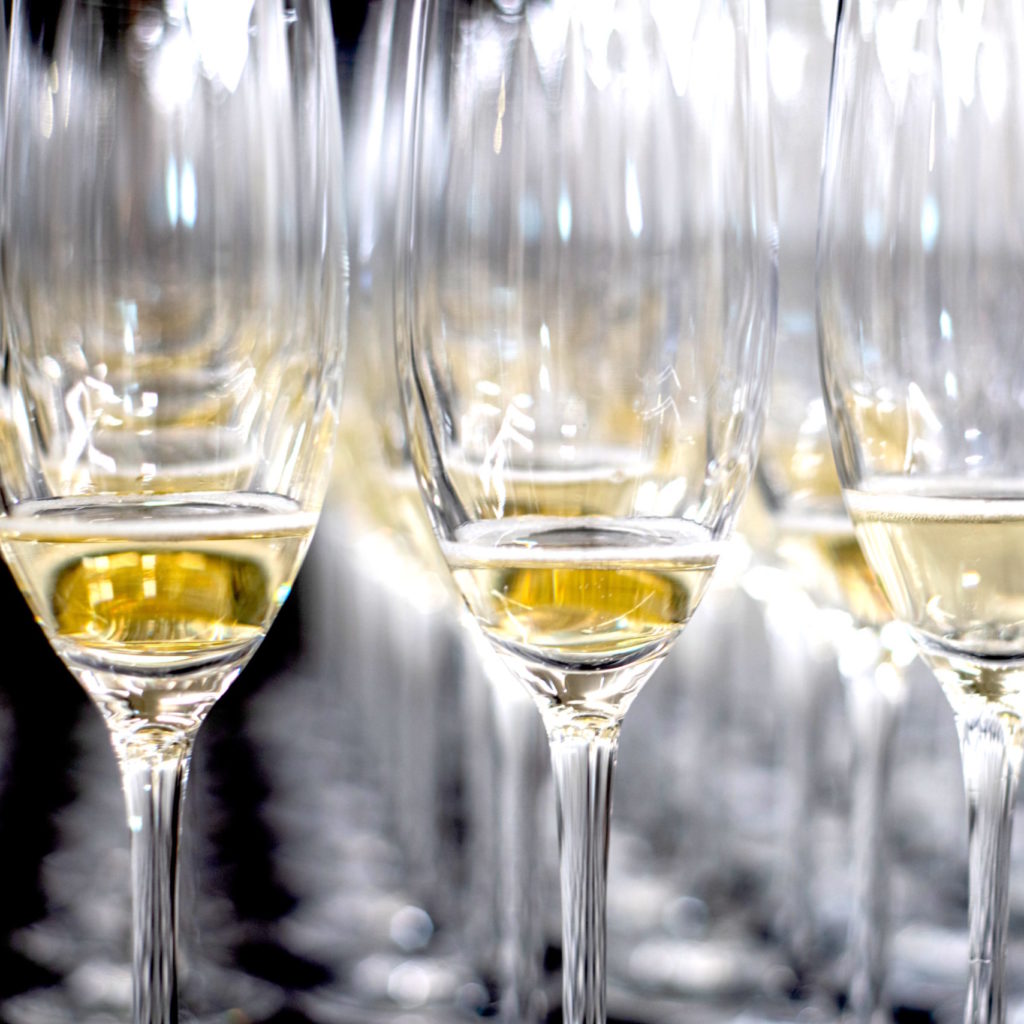
BLENDING
Each variety is pressed separately and vinified according to origin.
Our wines may or may not be made from a blend. Each blend expresses a personal choice. The blending takes place at the beginning of the year following the harvest. It is a decisive ritual in which each variety, each place of origin, is significant. In essence, there is no established formula for this; it is our know-how that allows the house to maintain its own style and consistent quality despite the differing specificities of each harvest.

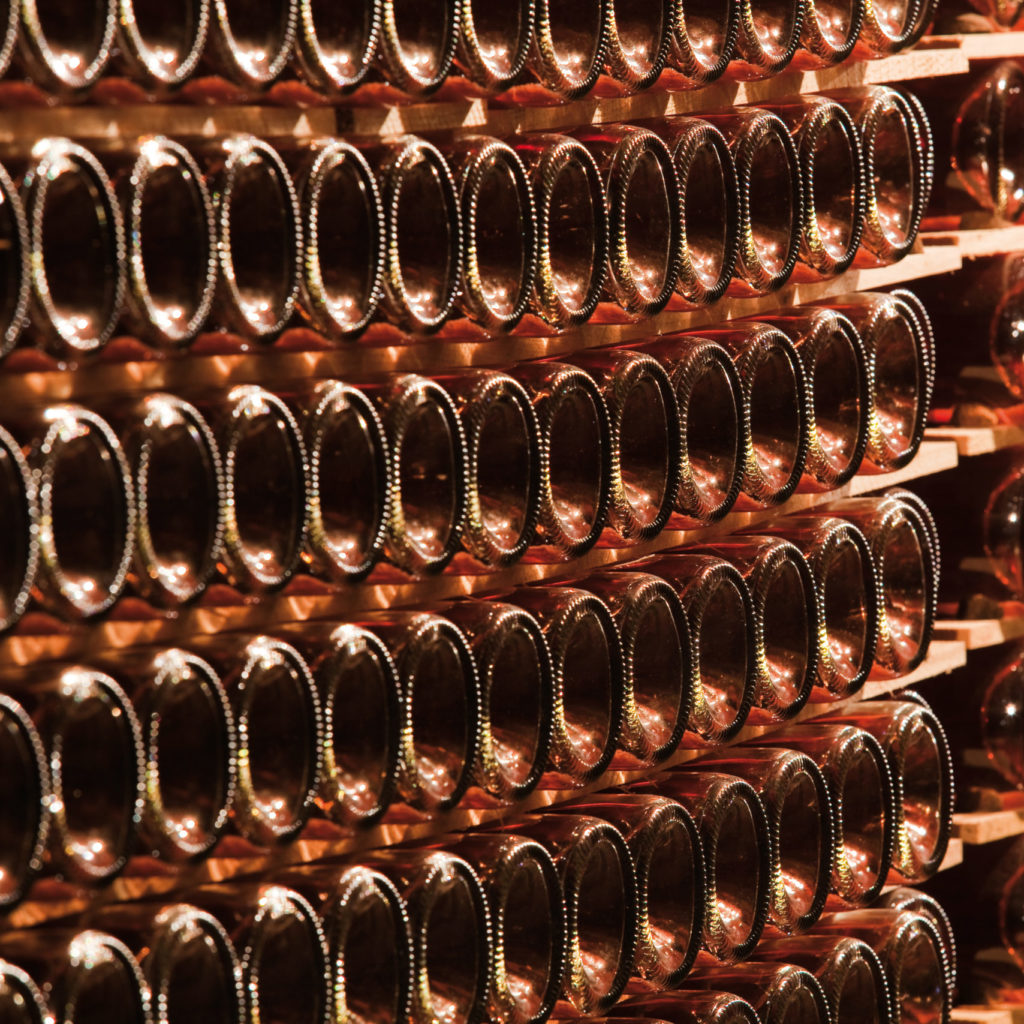
THE TRADITIONAL METHOD
Second fermentation in the bottle
Once the blending is completed, the wine is bottled after the addition of yeast and sugar (” liqueur de tirage “). This yeast will progressively transform the sugar into alcohol and produce carbon dioxide that, trapped in the bottle, will slowly dissolve and create a natural effervescence. At this point, the bottles are hermetically sealed to keep the level of pressure.
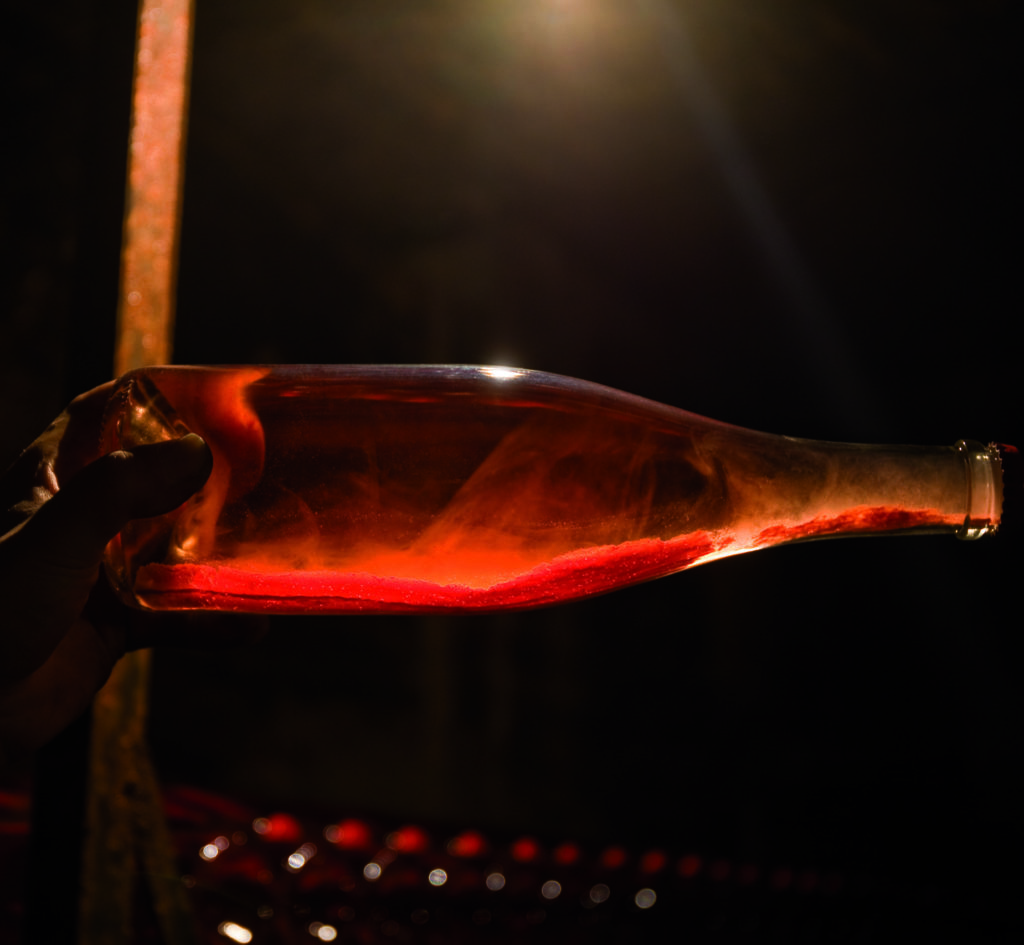
FOAM CREATION
In the coolness of our cellars, the wines will slowly transform into crémant.
This second alcoholic fermentation, called “foam creation” lasts six to eight months. The resulting carbon dioxide dissolves while the wine becomes effervescent. We obtain 6 kg of pressure in each bottle.
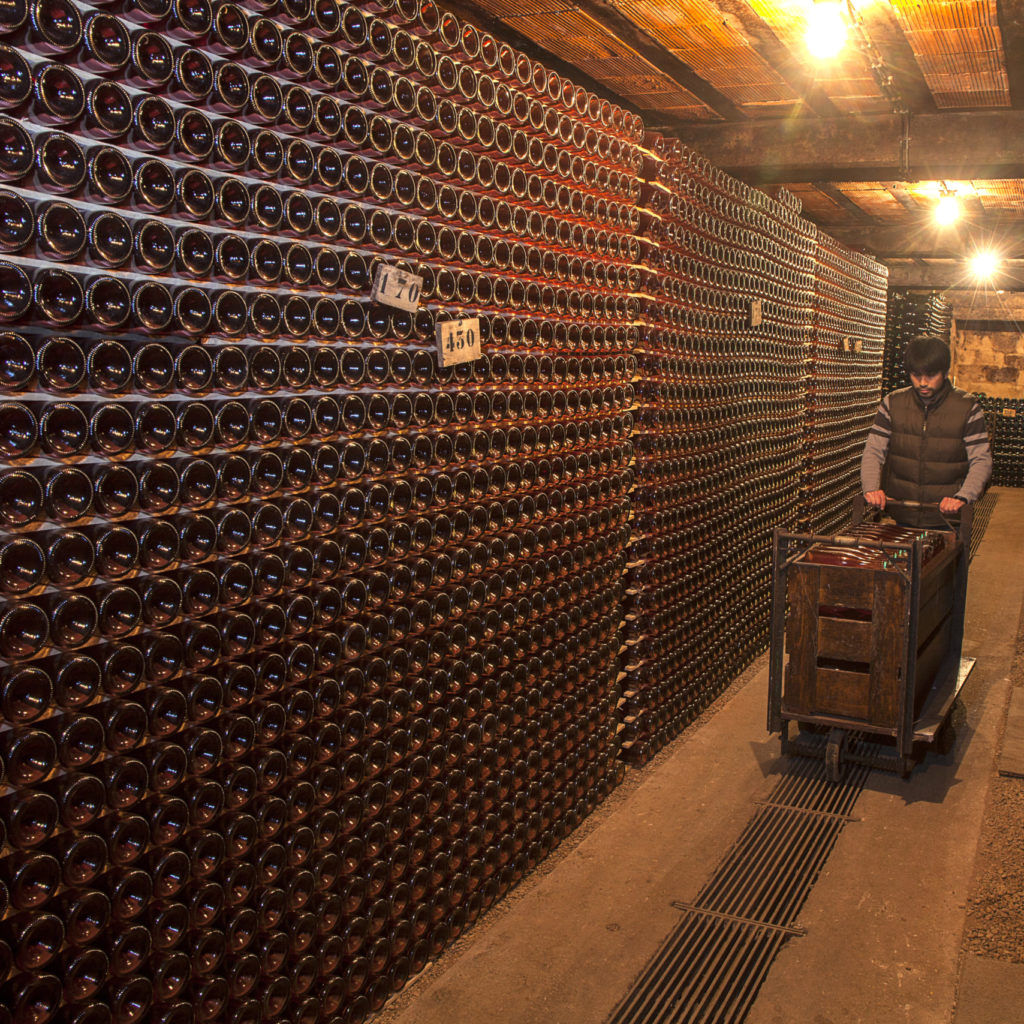
AGING ON THE LEES
The bottles are placed on racks.
Once the fermentation in the bottles has finished, a deposit can be seen: these are its lees. It is the contact with these lees that is going to improve the crémant and create its complexity, fineness, and aromas. The longer a crémant is aged on its lees in the cellar, the better it will be. This is why we age our crémants for 24 to 60 months on its lees, depending on the blend, when the legal minimum is at 12 months.
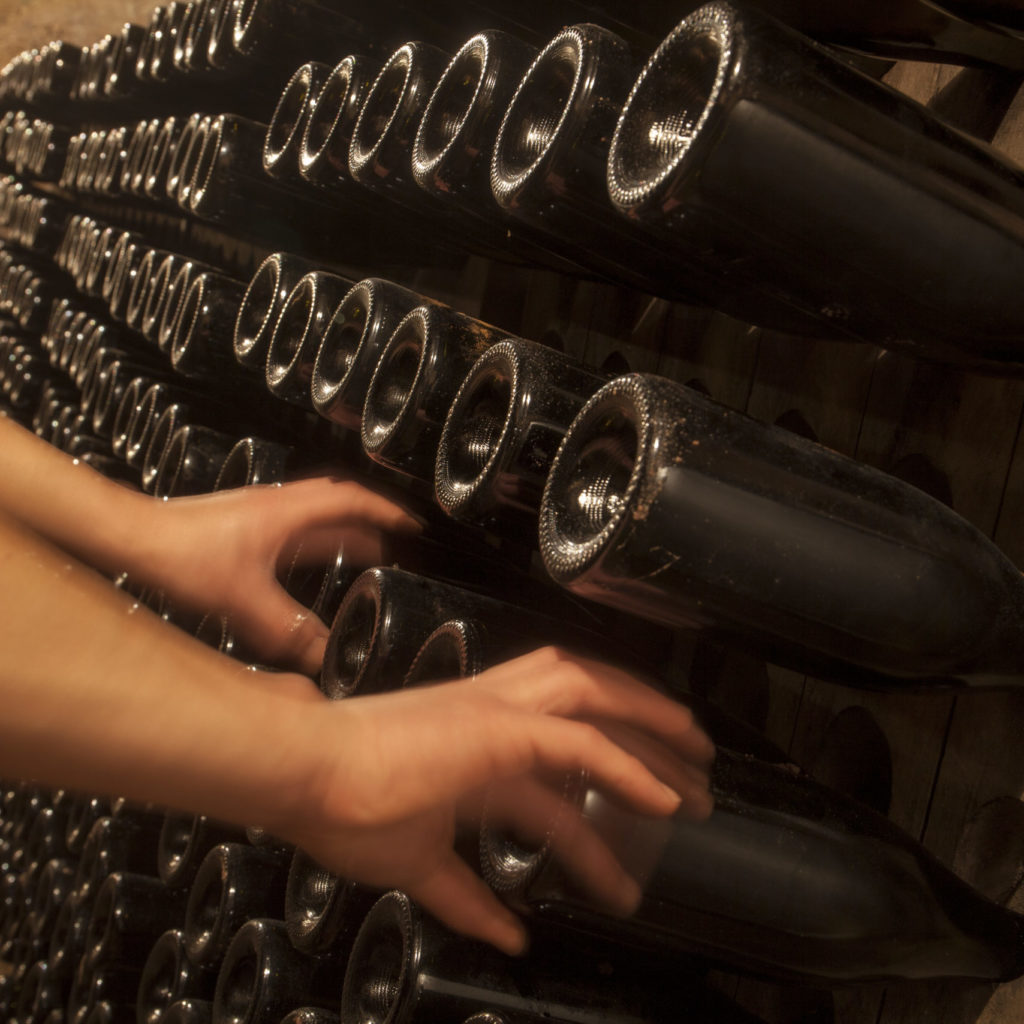
RIDDLING
The “remuage”, an essential process in crémant making, at Parigot it is still done by hand on oak racks.
To clarify the wine by ridding it of the deposit in the bottle, the previous must be gently slid down the side of the bottle into the bottleneck. This is the ridding process.
Placed on the racks, each bottle is turned so that the lees will end up in the bottleneck on the lid. It is through this simple, yet very technical gesture that brings the crémant its brilliance.
DISGORGING
The process of removing the sediment.
The technique used for this is the discharging by ice that consists of plunging the bottles upside down in a bath of salt water at -25°C. An ice cube forms in the bottleneck, trapping in it the deposit. When the bottle is opened, the pressure inside the bottle will expel the ice cube containing the dregs.
Before resealing the bottle with its definitive cork, a dose (known also as “liqueur d’expédition”) must be added to it. This liqueur is made from white cane sugar dissolved in our A.O.C. wine. Its role is to bring together all the flavours and aromas of the crémant. The long aging process in the cellar allows us to keep this dose to a minimum.
